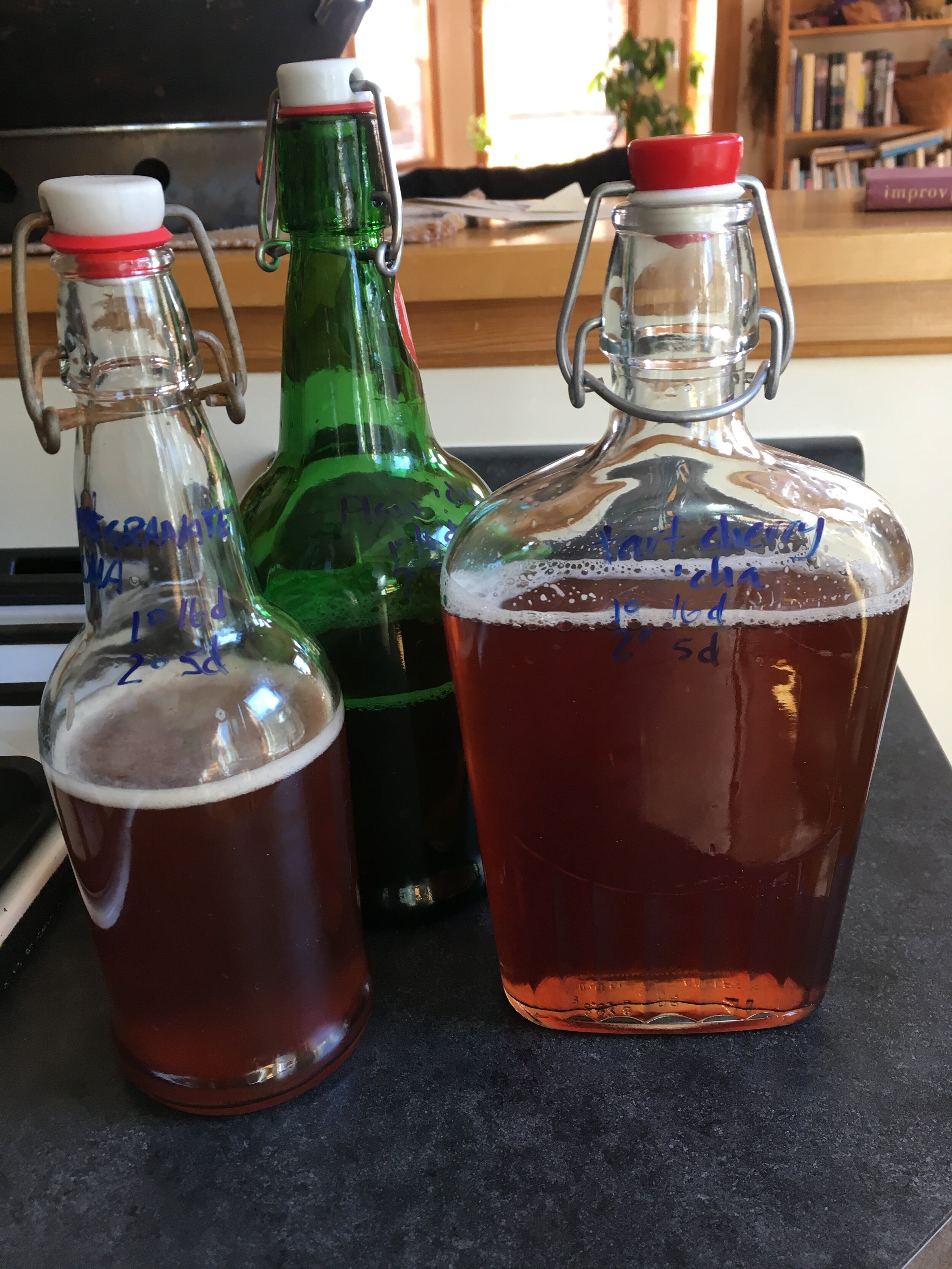We are mostly water (60-70%). Water lubricates our joints, makes up most of our blood and cells, regulates our pH, cushions our organs, and provides the aquatic medium in which we function. Going without water even for a half a day can be very uncomfortable, and longer will seriously affect our health. Clean drinking water is a human right, along with food and shelter.
Basic water requirements for adults is over 10 cups a day but that includes the water we get from food (usually about 20%). Our relationship with water can get complicated, and depends on age, size, climate and activity level, among other things. But before you start moaning about how much time during your day you might have to spend looking for a loo, let’s dig a little deeper.
1) If you rarely feel thirsty and your urine is a pale yellow color, you are adequately hydrated. Keep up the good work.
2) Caffeinated beverages count towards your daily water intake, if you are used to it. There is a mild increase in urination (diuresis) noted, but not enough for the average coffee or tea drinker to worry about.
3) If you exercise a lot and sweat, you’re going to need to drink more water to replace your loss. Electrolytes are an optional perk, but since most people don’t push themselves that hard during exercise, plain water is just fine. Prior to exercise pre-hydrate, then hydrate and re-hydrate.
4) Does drinking warmer water hydrate us more? Drinking water of any temperature will hydrate you. Drinking warm water before a meal will 1) pre-fill your stomach, leading to satiety faster. 2) dissolve and transport certain food stuffs along faster in the GI tract. Even hydrophobic things like fats (think peanut butter) will become more fluid. 3) The warm liquid acts as a vasodilator, widening blood vessels in the digestive system and helps increase blood flow and GI activity (A biomechanical description in the words of a gastroenterologist). Both Ayurvedically and in Chinese Medicine, warm water is advised to balance the body systems. Fine - whatever gets you to drink more water works. The idea that drinking hot water boosts metabolism is a myth, however.
5) Thirst can masquerade as hunger. If you have hunger pangs away from meal times, try drinking a glass of water and notice how you feel, it may do the trick. On the other hand, of you are truly hungry, it will be noticeable a few minutes later, so then you’ll know you need fuel. Sometimes drinking a glass of water allows true feelings such as anxiety or boredom to become recognizable. In which case, maybe drink another glass of water, take a breath, and plan to deal with the issues head on.
6) Environment: If you live in a drier climate, you’ll have to hydrate more. A lot more. We exhale 100% water-saturated air, and a low-humidity environment will not give it back when we breathe in. I really noticed this living in Boulder Colorado (mile-high and parched all the time) vs living in Portland Maine (sea level, much more humid). I had to carry a bottle of water with me all the time in Boulder, and my throat would dry out enough to signal me to drink. I still carry the bottle in Portland, and forget that it’s even there (to my hydration detriment).
7) Body constitution: Some people are simply drier (hair, skin). These are the folks who never had acne as a teen, but are now paying for it with dizzy spells and dry skin issues as adults. I’m one of those, and I’m not sure if the acne trade off was worth it, but I now MUST drink more water and use more skin protection. (This segues into…)
8) Aging: We dry out as we age. Our body composition changes to retain less water in our tissues. Our thirst triggers diminish as we age, and there can be competing effects of medications and illnesses (dry mouth, cramps, palpitations). Sometimes dizziness will alert us, sometimes a skin issue. Start drinking more water over the course of the daytime, and less after the sun goes down so you don’t pee all night.
So how to comfortably increase hydration in our lifestyle?
Timing: Start drinking more water earlier in the day, and taper off after 7 pm so your sleep is not disturbed by trips to the bathroom. Sip smaller amounts during the day instead of plugging down a large amount at once. Set hourly alarms on your phone or computer to remind you to drink a glass of water. Associate a water intake habit to something you already do frequently.
Keep a refilled water container (glass or bottle) out and visible in your home, for example on a frequently passed counter, and/or workplace, such as on your desk. The visual cue will be a helpful reminder.
Carry a water bottle with you. Stash them in your vehicle, at your desk, in your workout gear bag. I have water bottles everywhere so I have no excuses.
Mix it up: try different sorts of teas in the winter, and sparkling waters with light flavors in the summer. I also maintain a large jar of water with mint in the fridge during the summer for a cool drink.
Be careful of alcohol consumption - definitely dehydrating. You’ll have to drink more water to make up for the loss. That, plus the diuresis caused by the alcohol will keep you up at night!
Drink a glass of water with meals. Avoid juices, or dilute them. They are mostly sugary water, and the calories are not helpful.
‘Empty the bucket’ before you leave the house, or whenever an opportunity presents itself during the day. Even if you don’t need to. (You’ll always need to).


